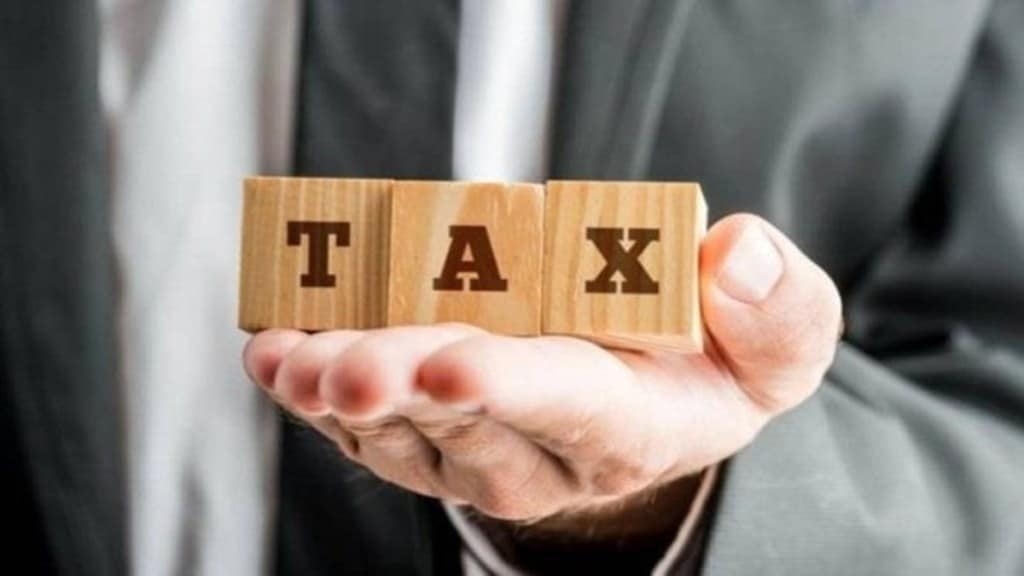By Sudhir Kapadia
The current tax system in India owes its origin to the first War of Independence in 1857. It was to fill the near-empty treasury of the British government ruling India that the first Income Tax Act was introduced in 1860. After a few iterations in the ensuing years, a comprehensive Income Tax Act was passed in 1922. In 1956, Nicholas Kaldor submitted an extensive report for a coordinated tax system culminating in the introductions of ancillary taxes like wealth and gift taxes and, eventually, an overhauled Income Tax Act, 1961. In keeping with the ethos of the sixties and seventies, the direct tax code kept getting amended year after year with the ostensible aim of promoting equity (through increasingly progressive tax rates which reached an astounding peak of over 97% in the seventies), plugging “loopholes” to prevent tax evasion and “promote” growth of certain sectors and regions through specific incentives and deductions. Unfortunately, this approach only resulted in a complete breakdown of trust between the tax administration and taxpayers and a huge incentive for rent-seeking behaviour. A serious attempt to reform India’s tax system was made through the introduction of a long-term fiscal policy in 1986, laying out a road map for a stable and moderate regime. This was followed by setting up a tax reforms committee (TRC) under the chairmanship of Raja Chelliah. The major tax reforms introduced in the nineties were based on the recommendation of the TRC. Finally, in 2002 two task forces (on direct and indirect taxes) were set up under the chairmanship of Vijay Kelkar and many changes made thereafter in the tax laws had their underpinnings in the transformative reforms recommended in the Kelkar Committee reports.
The short history enumerated above serves a useful context for the metamorphosis of the income tax law and administration in India to the point of the current Income Tax Act “which has been overburdened and language has become complex, increasing cost of compliance for taxpayers and hampering efficiency of direct tax administration” (statement of objects and reasons for introduction of the current Bill). The structure, arrangement, and language of the Income Tax Bill, 2025, comes as a whiff of fresh air for the following reasons:
Removal of obsolete provisions (whose time has run out) serves to considerably declutter the thick maze of law.
In cases of dichotomy between the real purpose of a provision and its interpretation by taxpayers and courts alike, language has been made clearer to avoid future litigation and have certainty of outcomes.
Wherever appropriate, provisions and rates have been captured in a tabular format in place of the current convoluted narrative.
This Bill is a much-awaited comprehensive overhaul of a gargantuan piece of complex legislation which should be wholeheartedly embraced both by tax administrators and taxpayers in the right spirit. We now have a conducive and stable income tax structure matched by a law written in simpler, business-like language. If there is just one key takeaway from the Income Tax Bill, 2025, it has to be the need to eschew the temptation of nitpicking over every word, comma, and syntax to conveniently serve the needs of either the tax administrator or taxpayer. After all, the “ghost of Westminister” (Inland Revenue vs Duke of Westminister, 1936) where tax avoidance was seemingly given a “free pass” based on a literal interpretation of law, has been truly and fairly buried even in the country of its origin. There should be no reason, therefore, to continue with the overhang of a tax law conceived after India’s first War of Independence and wasting valuable talent and resources in playing “wordsmith” over competing interpretations culminating in the long journey to courts of law. Indeed, if a fresh approach to interpreting and administrating the new law is adopted, it will truly be the dawn of a new era in the history of direct tax law in India.
The author is a tax expert and senior board advisor.
Disclaimer: Views expressed are personal and do not reflect the official position or policy of FinancialExpress.com. Reproducing this content without permission is prohibited.


